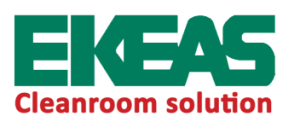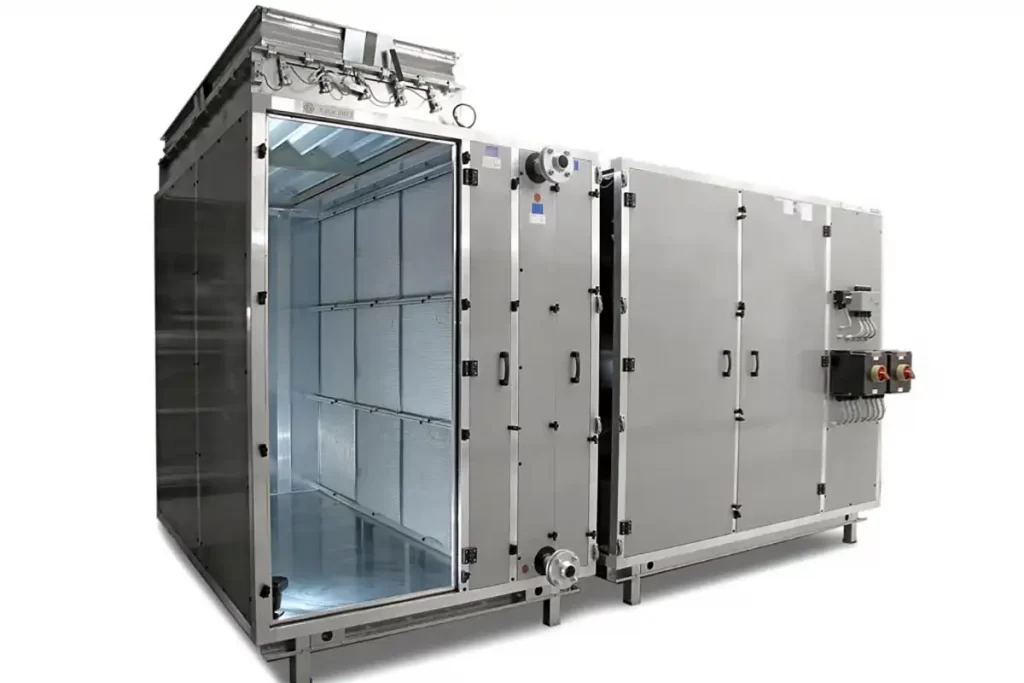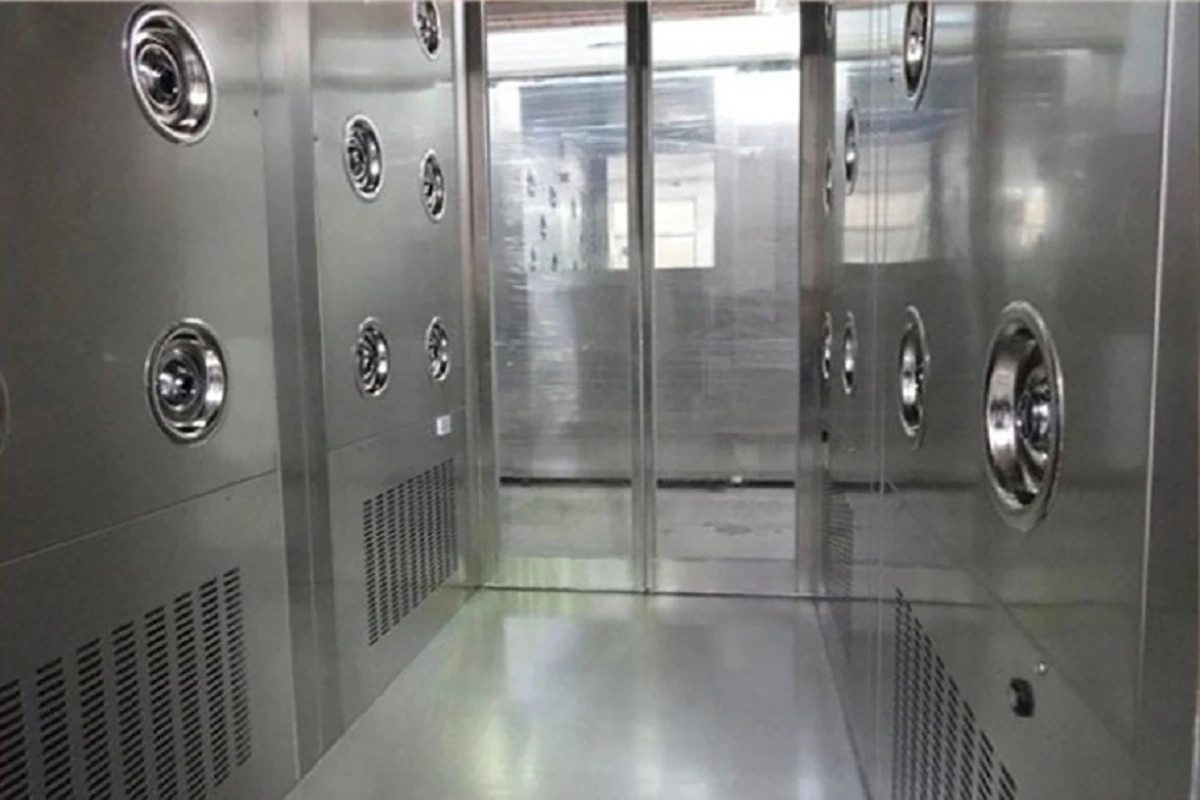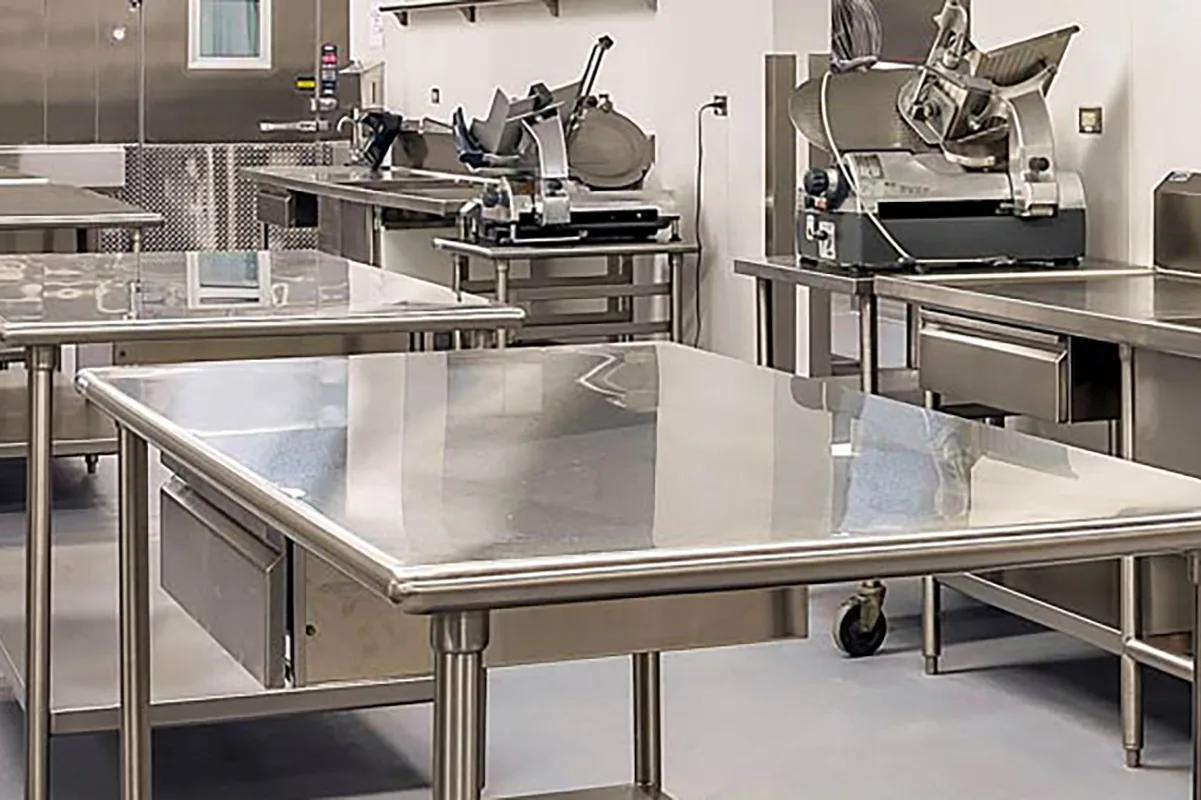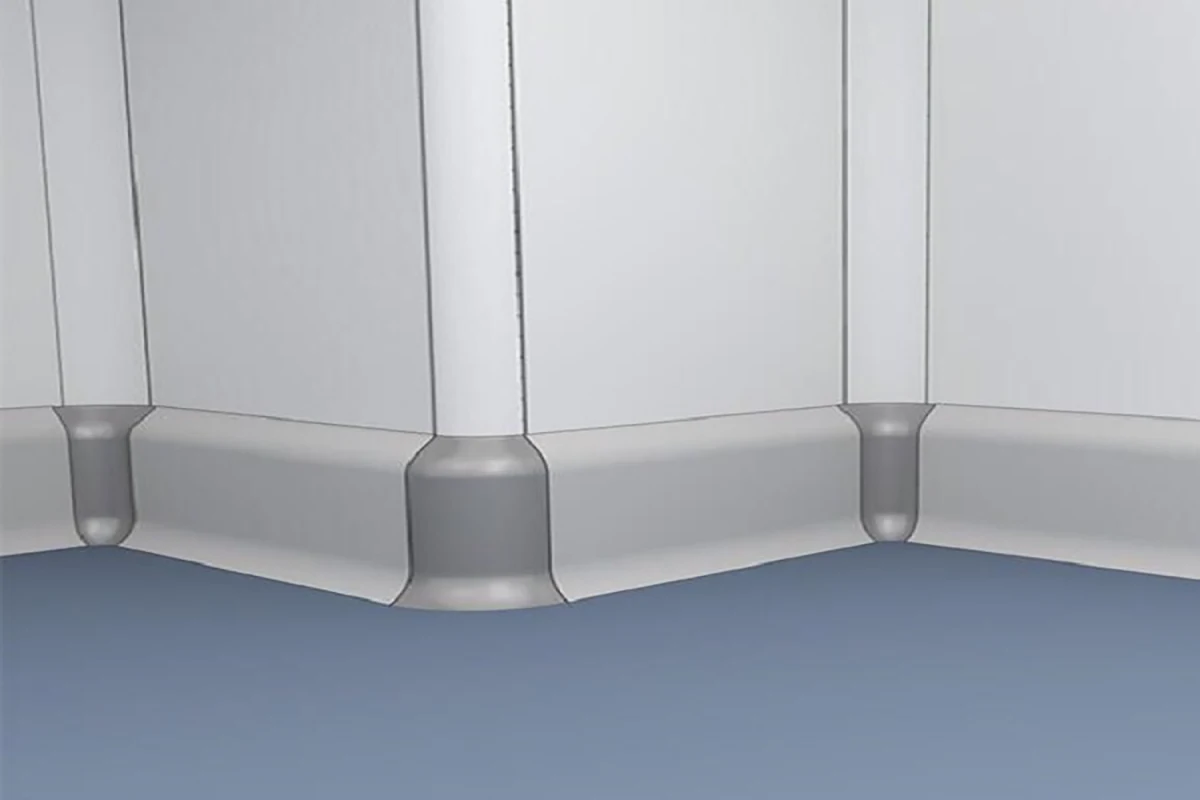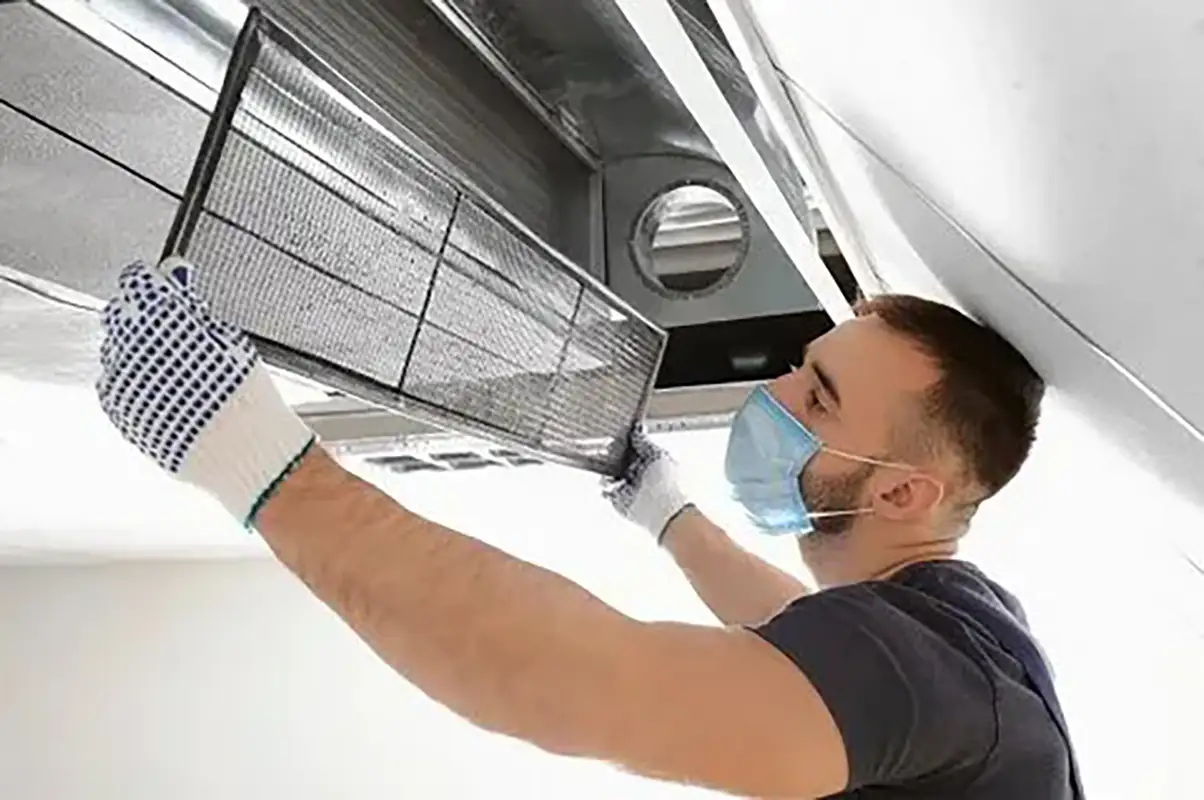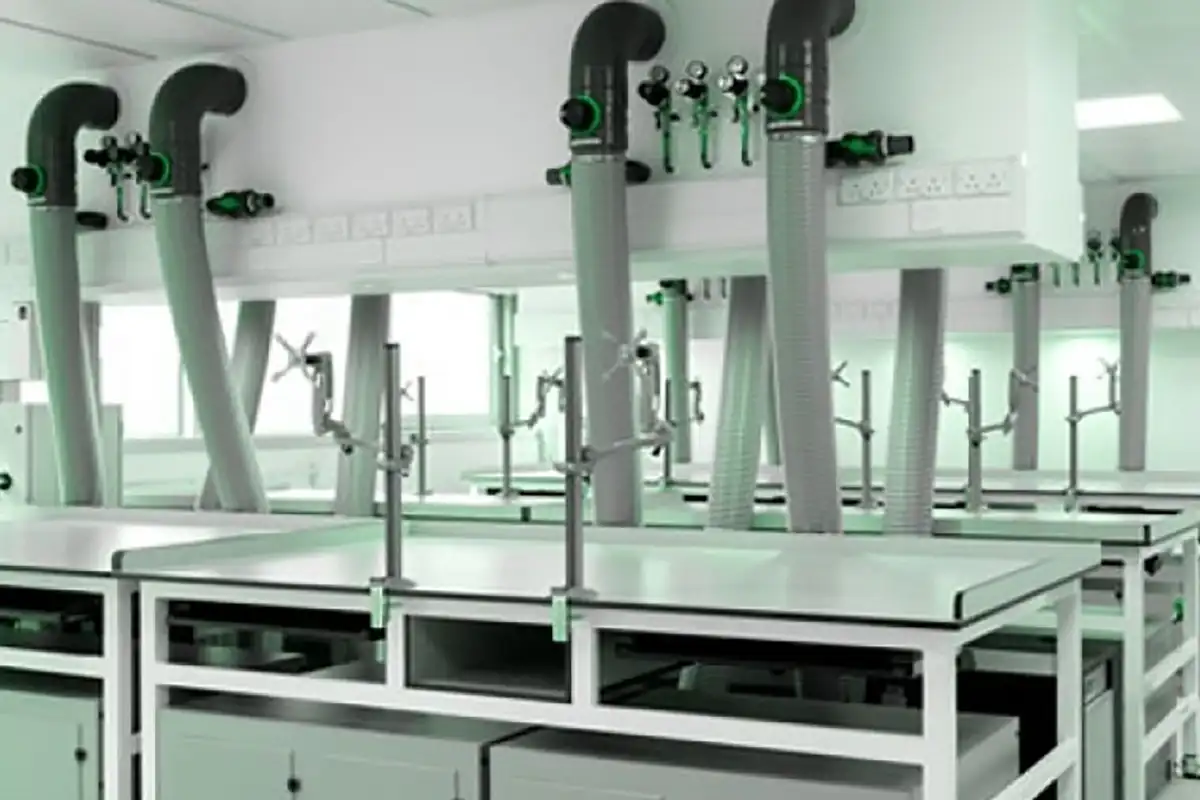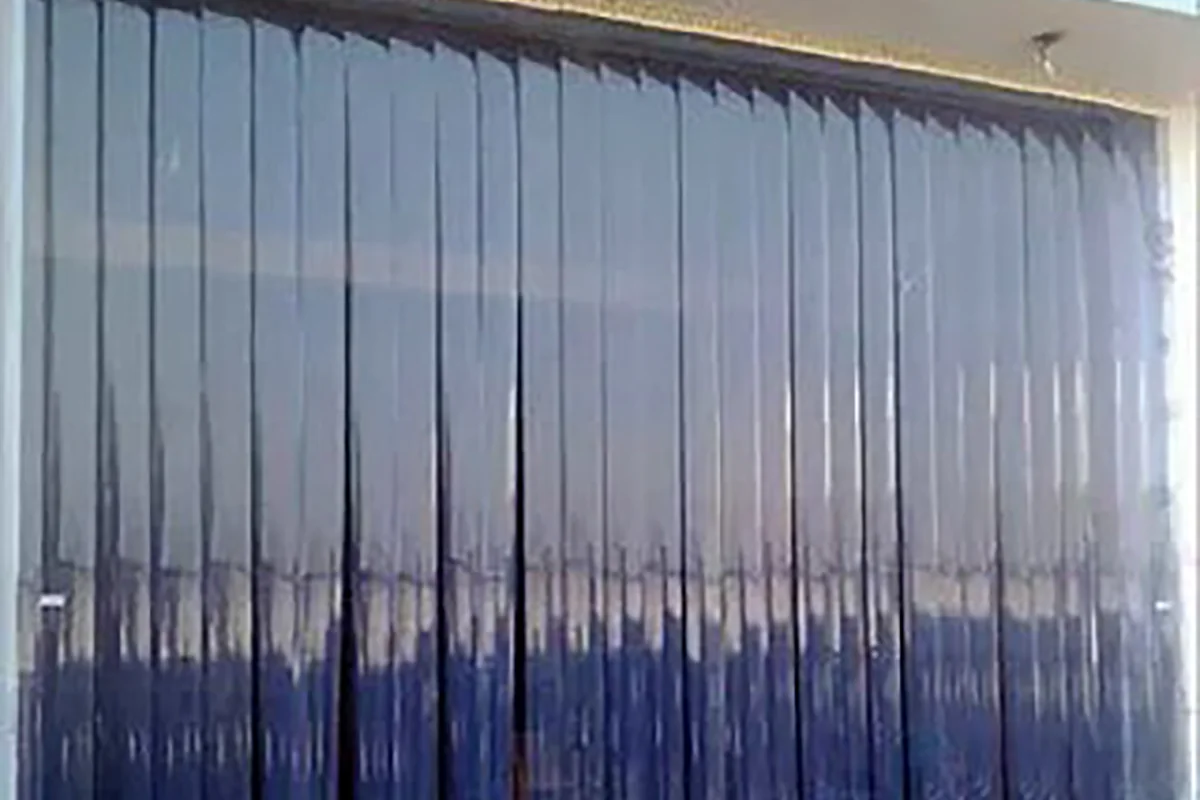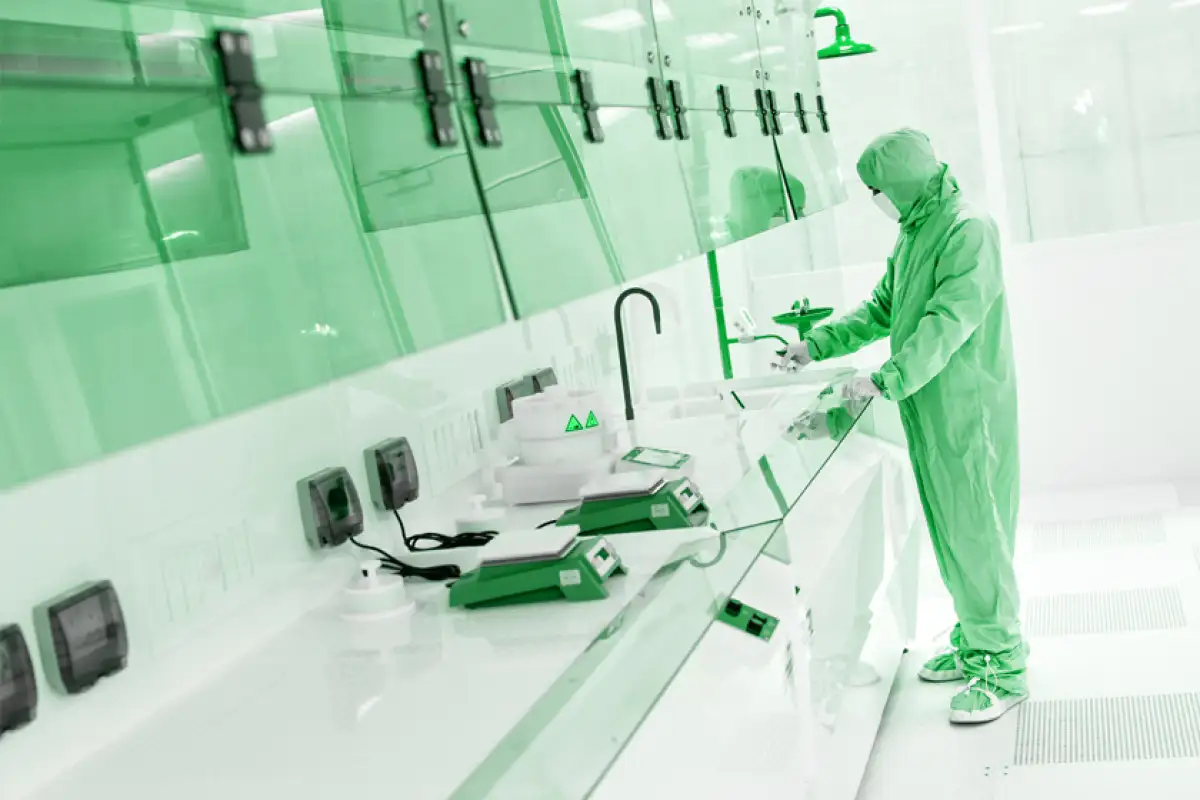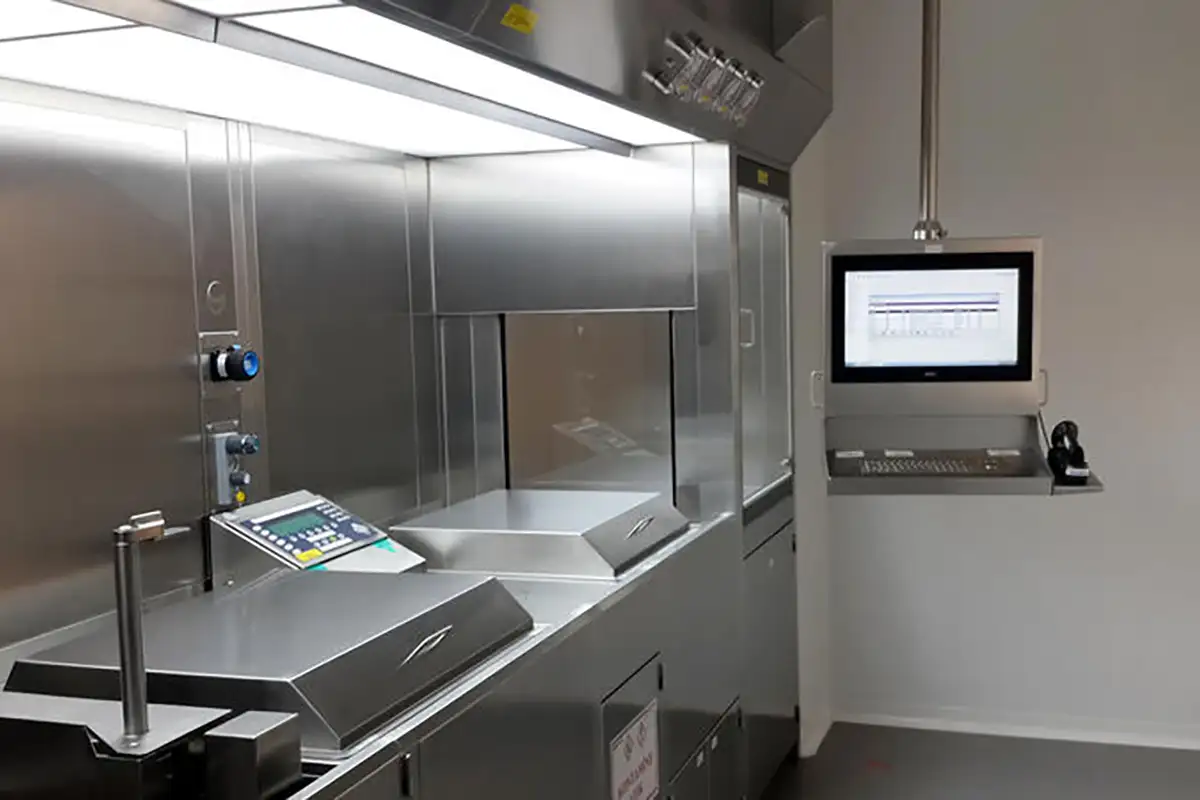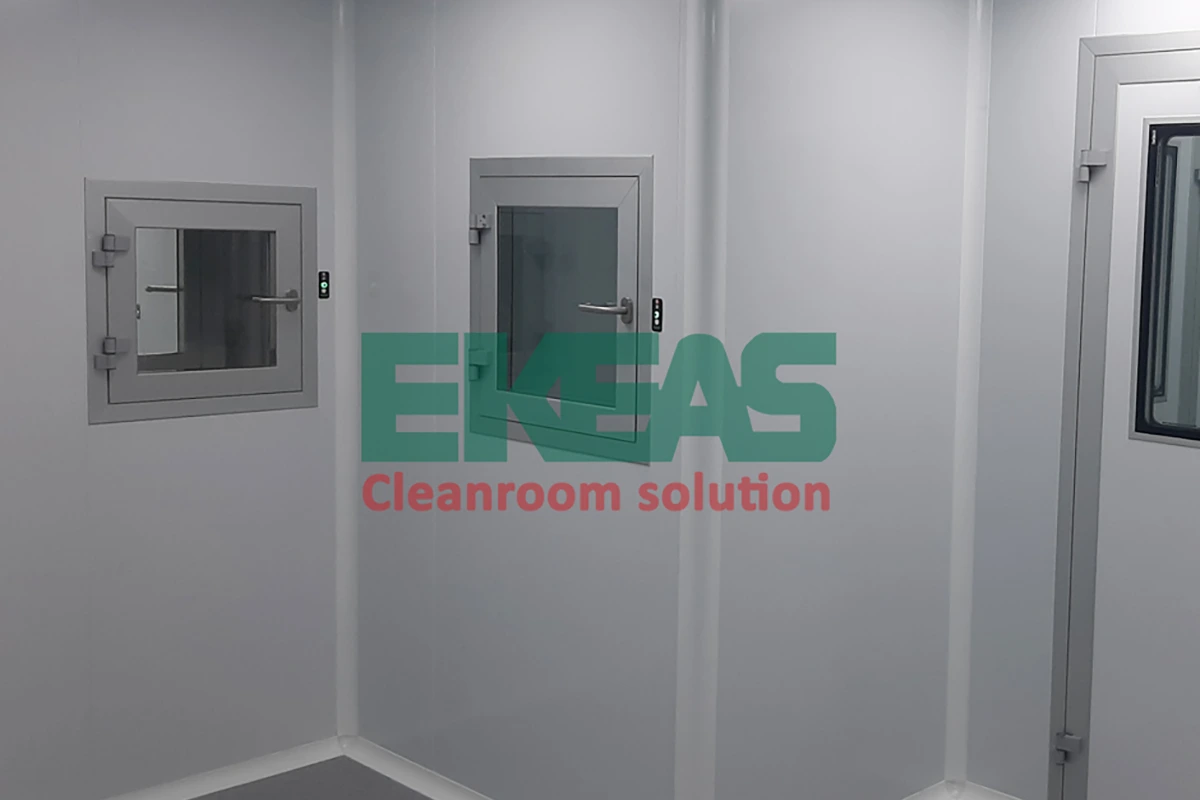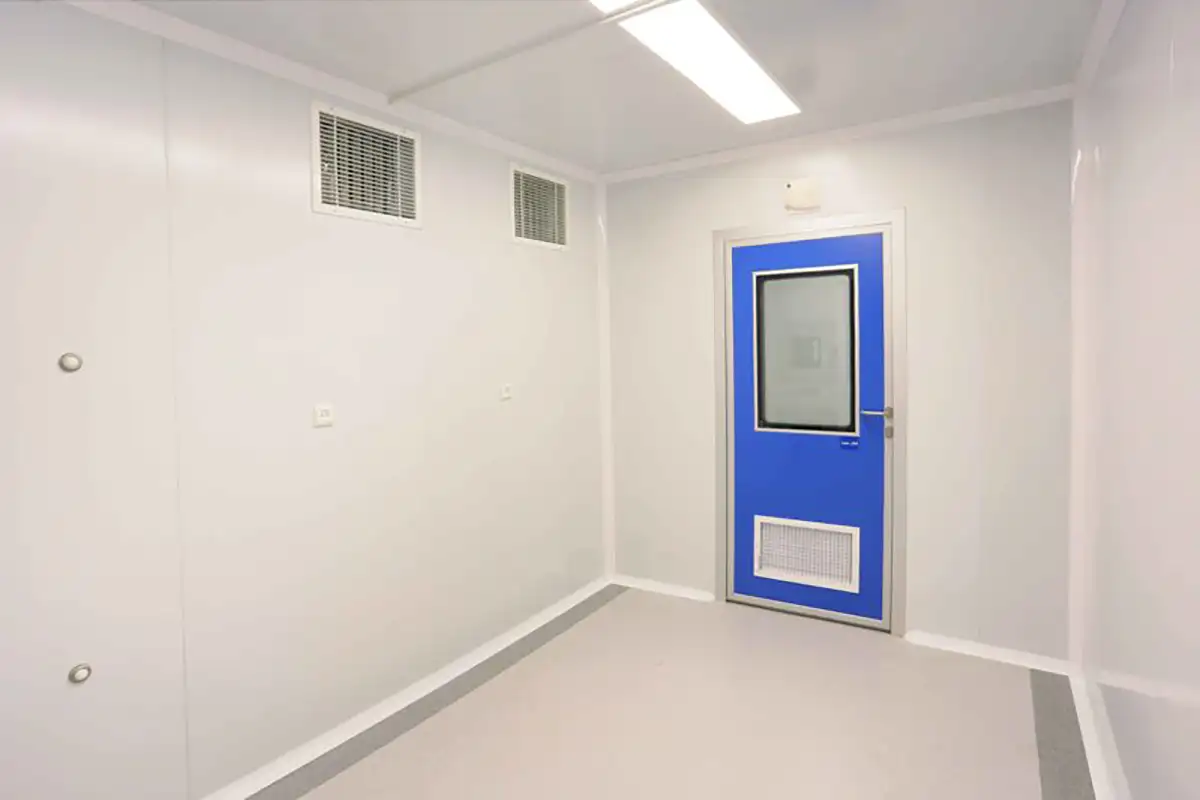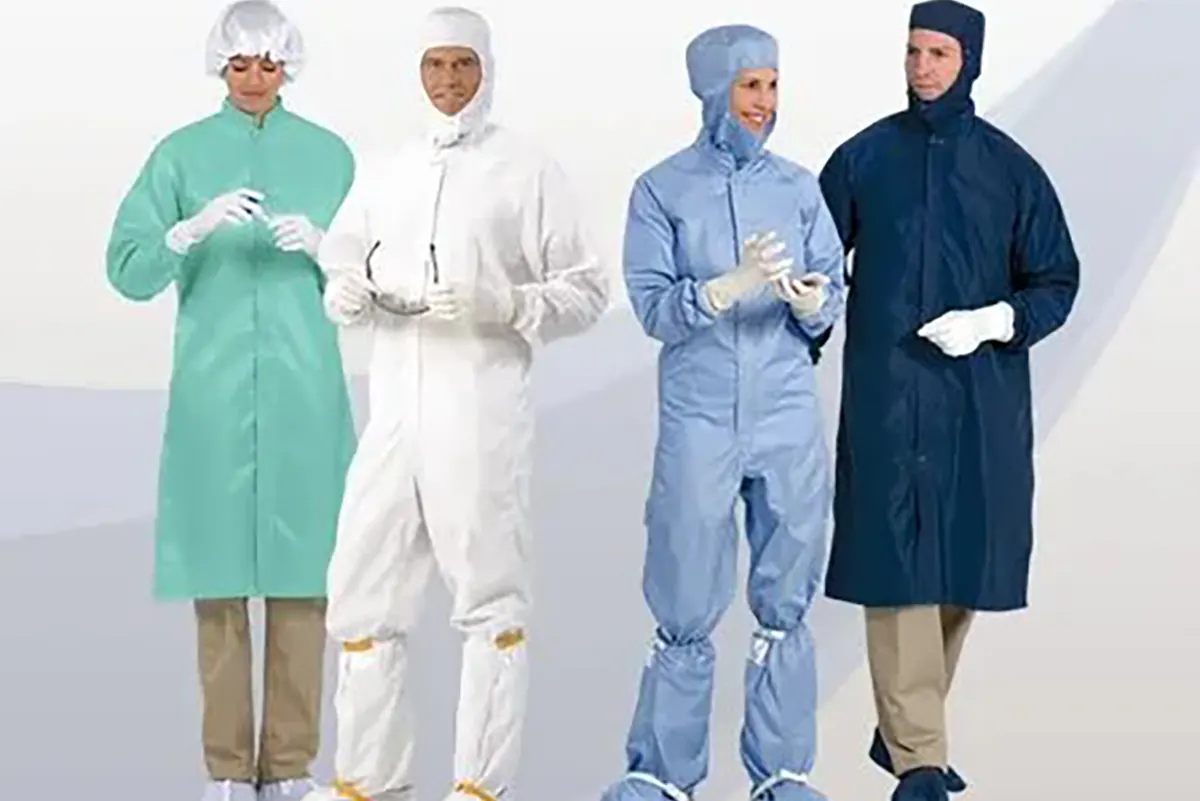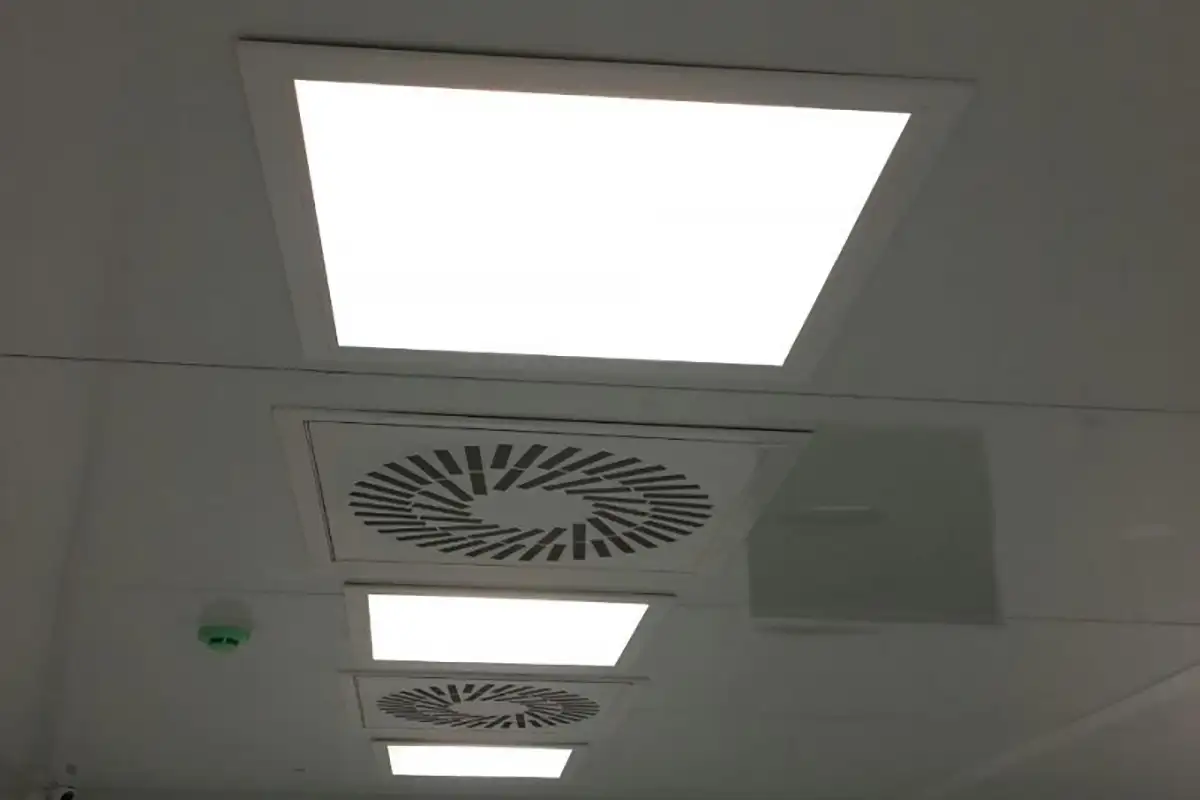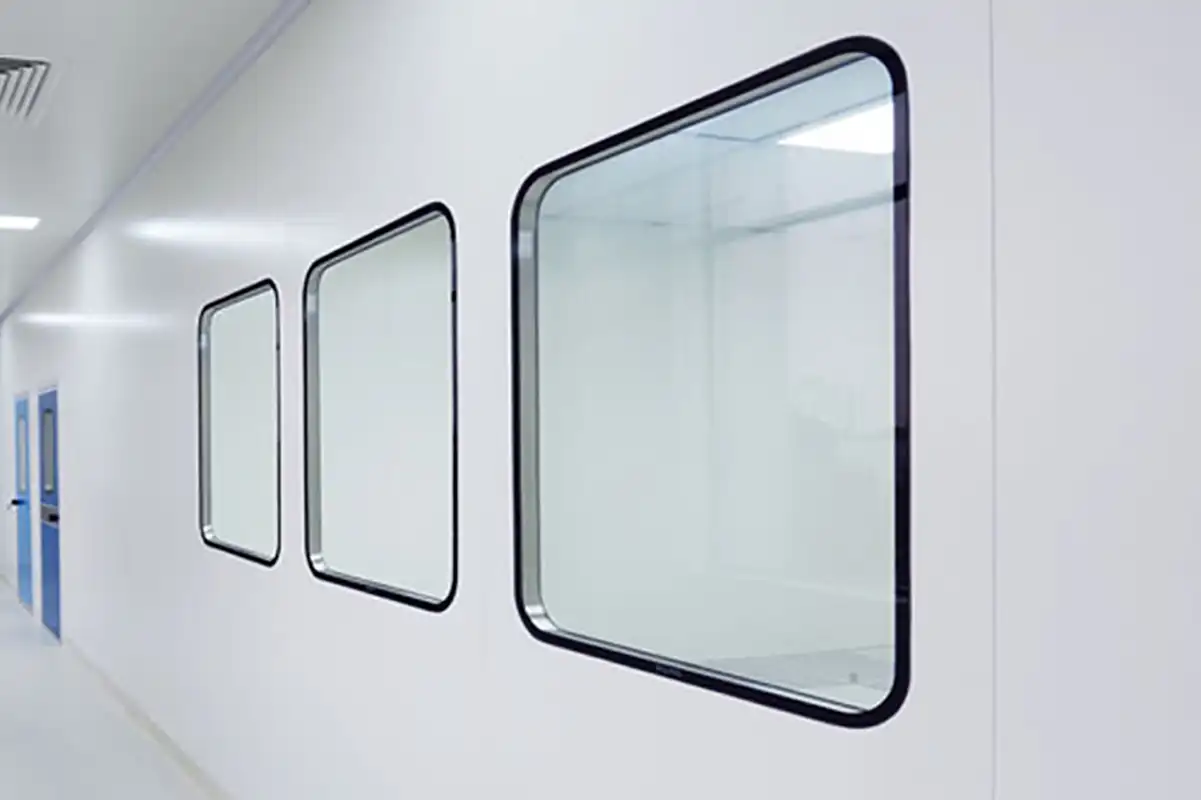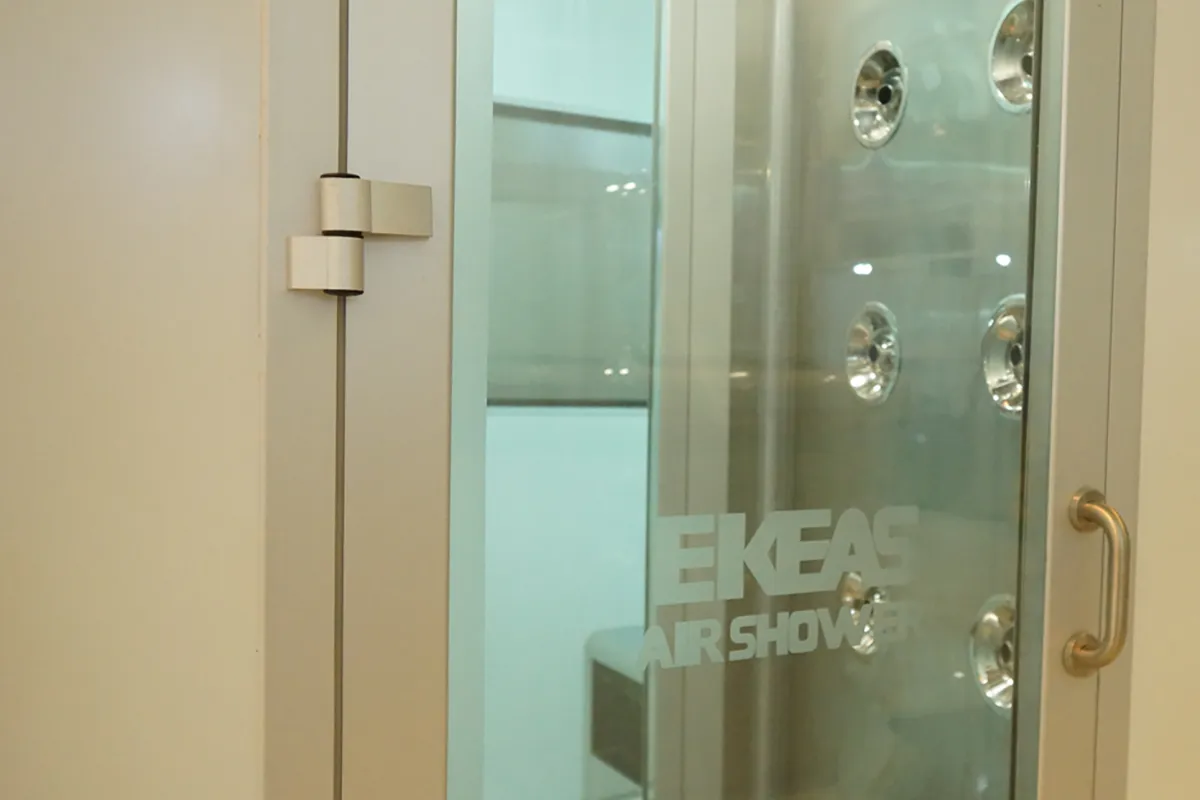Air filtration in advanced industries is of paramount importance. For this reason, in many industries and healthcare facilities such as hospitals, laboratories, pharmaceutical industries, food industries, electronics industries, data centers, etc., we see the replacement of advanced and modern hygienic air conditioners with old air conditioner models. One of the common points of all these industries is the use of cleanrooms for the production of products and conducting various tests. As a result, the use of hygienic air conditioners or sanitary air conditioners for air filtration in cleanrooms, becomes particularly important. In this article, we will become familiar with the structure and operation of this advanced air conditioner.
Hygienic Air Conditioners
Hygienic air conditioners are one of the most important components of heating and cooling HVAC systems used in various industries. This air conditioner is structurally very similar to conventional air conditioners and it can be said that its components are almost identical to conventional air conditioners. The only thing that distinguishes hygienic air conditioners from conventional air conditioners is the ability of these ventilation systems to prevent the entry of any pollutants into the desired environment. Hygienic air conditioners are equipped with special filtration systems and advanced sealing and can clean environments such as cleanrooms up to 99.99%, which is a very amazing number.
read more | Standard air conditioner
Many industries related to medicine, pharmaceuticals, agriculture, and food industries use cleanrooms for their product production or testing. The most important feature of a cleanroom is that the amount of penetration of any pollutants into this space is minimized to the minimum possible amount and close to zero using the most advanced control systems. For this reason, hygienic air conditioners are usually used for air filtration and ventilation in cleanrooms. Hygienic air conditioners prevent the transmission of any pollutants such as allergic and pathogenic substances, microorganisms, suspended particles, dust, microbes, etc. into the desired space.
How does a hygienic air conditioner work?
As we mentioned, the hygienic air conditioner does not differ much from conventional air conditioners in terms of structure, and the only difference between them is related to the filtration system and the technology used for sealing. This device is usually connected to compression chillers and a boiler in HVAC systems. The chiller is responsible for cooling and the boiler is responsible for heating the water that enters the air conditioner coils and increases or decreases the temperature of the air in the air conditioner. Various types of filters are also used for air filtration and purification inside the hygienic air conditioner chamber.
After hot or cold water enters the coils of a hygienic air handler through a chiller and boiler, fresh air enters the unit through a port on the body. The air then passes through a variety of processes, such as filtration, temperature reduction or increase, and humidity control, to reach the ideal conditions. It is then transferred to the desired environment through the ducts installed in the output section of the hygienic air handler. The air entering the environment is completely clean and has controlled temperature and humidity.
Components of Hygienic Air Conditioner
Despite the fact that hygienic air conditioners are structurally similar to conventional air conditioners, their technical specifications distinguish them from other ventilation systems. Each hygienic air conditioner is made up of different parts, each of which has a specific function. The absence or improper functioning of any of these parts can severely affect the efficiency and performance of the ventilation system.
The most important components of hygienic air conditioners are as follows:
- Various filters for air inlet filtration
- Air conditioner body or structure
- Air conditioner coils
- Air conditioner drain pan or drain
- UV lamp
- Hygienic air conditioner fan
- Air conditioner damper
How is the body of a hygienic air conditioner designed?
Usually, metal sheets with corrosion-resistant and rust-resistant coatings are used to design and manufacture the body of a hygienic air conditioner. The body of a hygienic air conditioner is double-walled, and the outer layer is usually made of galvanized sheet metal and the inner layer is made of steel or stainless steel. Since the hygienic air conditioner is constantly exposed to moisture and air, these materials are used to increase the strength of the body and prevent it from corroding.
If non-metallic materials are required, it should be noted that these materials should not provide a suitable environment for the accumulation of microbes and microorganisms. This is because these devices are usually used for ventilation of sensitive spaces such as cleanrooms and their hygiene is of paramount importance.
The body of a Hygienic Air Conditioner must be free of any angles to prevent the accumulation of contamination in sharp corners. For this reason, the inside of the body of a hygienic air conditioner has special curves. On the other hand, to prevent the ingress of air and contamination into the structure, the body of the air conditioner must be completely sealed.
Hygienic Air Conditioner Coils
Heat exchangers, or hygienic air conditioner coils, are generally produced in two types: heating and cooling. Copper is usually used for the design and production of air conditioner coils, as copper, in addition to being able to transfer heat well, also shows good resistance to corrosion. Heat exchangers are generally installed after the filter section. This is done by first locating the heating coil and then the cooling coil in the designated location.
In the summer, refrigerant or coolant is transferred from the chiller to the hygienic air conditioner coils, and in the winter, hot water is transferred to the coils through the boiler. The air entering the air conditioner unit decreases or increases in temperature when it is placed in the vicinity of the coils, and then enters the desired environment through the outlet channels.
What is the function of a drain pan in an air handler?
A drain pan, also known as a drain tray, is a container that is placed underneath cooling coils to collect and drain water droplets. These pans are not only installed in hygienic air handlers, but in all types of air handlers to collect water droplets formed on the surface of cooling coils. Drain pans are typically made of stainless steel or steel to prevent corrosion or accumulation of contaminants. The design of the drain pan also aims to ensure that the pan has no sharp corners or edges. Drain pans are installed on sliding rails for easy movement.
The role of UV lamps in maintaining the cleanliness of the device
UV lamps are one of the main components of Hygienic air conditioners, which are installed in the lower part of the coils to prevent the growth and proliferation of various fungi and mold. UV lamps prevent the growth of any mold and fungus in the coil and drain pan by emitting ultraviolet rays. UV-C lamps are generally used in hygienic air conditioners. The UV lamp has short waves, which are about twice as powerful as UV-A or UV-B light. A reflector is usually used to direct the UV lamp light directly to the coils and drain pan in the hygienic air conditioner.
Transferring air to the desired unit using a fan
The fan of the Hygienic air conditioner is installed after the coils of the device and is responsible for transferring cold or hot air to the desired environment. The filters used in hygienic air conditioners create a lot of resistance to air circulation. As a result, hygienic air conditioners should use fans that have the power to overcome this high resistance and can create a proper air flow. Centrifugal backward fans are generally used to create a suitable flow rate in Hygienic air conditioners. However, it should be noted that the efficiency of these fans is lower than that of forward fans.
The role of damper in Hygienic air conditioner
A damper is one of the parts of the Hygienic air conditioner that is responsible for controlling the flow of air entering the device. Damper is installed only in the input section in hygienic air conditioners. Because in these devices, only fresh air is used as an input. Usually, dampers are controlled by special levers or damper motors.
Air filtration; the most important process in Hygienic air conditioner
When we talk about Hygienic air conditioner, we cannot ignore the role of air filtration. As we mentioned, hygienic air conditioners are used to ventilate the air in cleanrooms, laboratories, hospitals, etc. For this reason, the filters of Hygienic air conditioner play the most important role in this advanced device. The air entering the air conditioners contains various pollutants and suspended particles, and their entry into spaces such as cleanrooms can completely disrupt the production and testing processes. For this reason, the air entering these devices must be filtered using appropriate filters. For this purpose, three types of filters are usually used in hygienic air conditioners.
Steps of air filtration in the air conditioner
Air filtration in Hygienic air conditioner is done in three stages. First, we enter the pre-filter stage, where the filtration process is carried out by various metal and fiberglass filters. In the next step, it is time to use bag filters or secondary filters that clean the air entering the Hygienic air conditioner to nearly 95%.
In the final step, the filtered air enters the powerful HEPA or ULPA filters. These filters can clean the incoming air up to 99.99% of any pollution. Then, the filtered air enters the coil and fan sections and is transferred to the desired environment through the built-in channels.
read more | What is a HEPA filter?
Usually, all three types of these filters are used to design Hygienic air conditioner, and even in some stages of filtration, you may need more than one filter. In the field of selecting the appropriate filtration system for your cleanroom Hygienic air conditioner, you should pay special attention to the filtration percentage of your selected filters. The more filtration percentage and higher quality your selected filters have, the cleaner the air entering the cleanroom will be.
What standards are used to produce Hygienic air conditioners?
Hygienic air conditioners are typically used in sensitive industries where even the smallest factors, such as minor temperature changes or the entry of contaminants, can have a detrimental impact on the performance of the facility. As a result, to prevent any problems, hygienic air conditioners are produced in accordance with international standards. This ensures that the air conditioner can deliver clean air with ideal temperature and humidity to the desired environment.
The most important standards used in the production of Hygienic air conditioners are:
- EN 13053
- VDI 6022
- VDI 3803
- EN 1886
Hygienic air conditioners have a number of advantages and features that make them ideal for a variety of applications. These include:
- Stainless steel body that is resistant to acids and chemicals
- Long life and durability
- Precise temperature control in cleanrooms
- Control of pollution and humidity levels in cleanroom air
- Filtration of all suspended particles
- High power and capacity
- Available in a variety of sizes and dimensions
- Precise energy optimization
- Affordable price
read more | What is a Pre-filter?
Hygienic air conditioner applications
The most common application for Hygienic air conditioners is the purification of air in cleanrooms. These air conditioners are also used in a variety of other industries, including biotechnology, pharmaceuticals, and food processing. Due to their precise and accurate performance, Hygienic air conditioners are also used in military applications. As a result, there are no limitations on the use of Hygienic air conditioners, and they can support a wide range of industries.
read more | Fan filter box
Factors Affecting the Price of Hygienic Air Conditioners
Hygienic air conditioners are used for air filtration and ventilation in a variety of industries, such as medical, agricultural, pharmaceutical, electronics, and more. However, the question that arises for many people is, what is the price of these air conditioner units? The price of a hygienic air conditioner depends on a number of factors, including:
- The air conditioner manufacturer
- The quality of each component
- The type and number of filters used
- The material and quality of the air conditioner body
- The type of fan used
- The material and capacity of the cooling and heating coils
- After-sales service
Equipment Services for Cleanrooms at Ekeas
Cleanrooms are used in a variety of industries, such as pharmaceuticals, agriculture, medicine, electronics, and food. Filtration and control of the temperature of the air entering the cleanroom environment is one factor that can affect the quality of the products produced in this space. For this reason, hygienic air conditioners are usually used to ventilate cleanrooms.
ekeas is known as one of the largest companies active in the field of design, installation, commissioning, and equipment of cleanrooms in Iran. You can entrust all stages of equipping your cleanroom, including the installation of hygienic air conditioners, to our experienced experts.
Cleanroom Equipment by Ekeas
Cleanrooms include a variety of equipment, and in order for a cleanroom to meet standards, it must use the appropriate equipment. Here are a few examples of cleanroom equipment:
